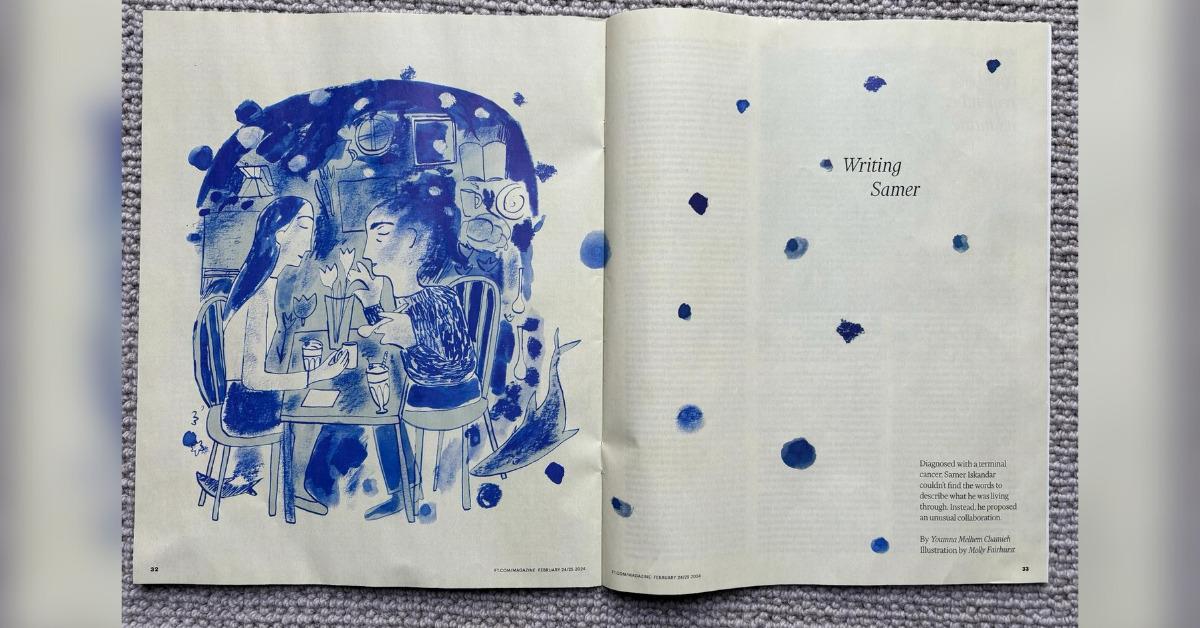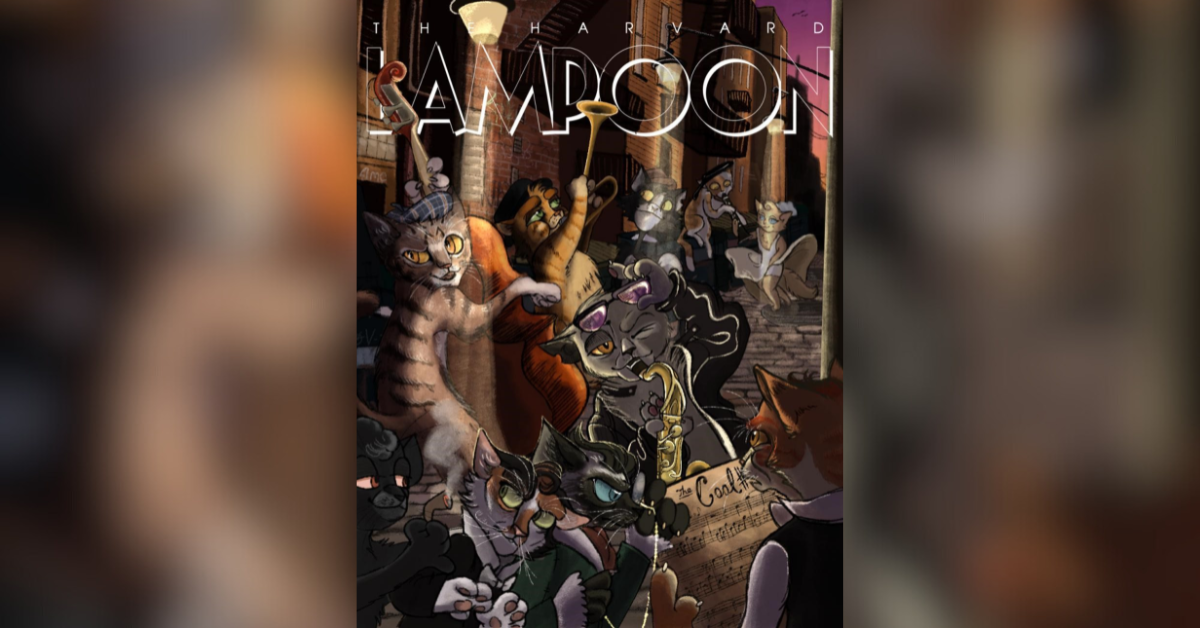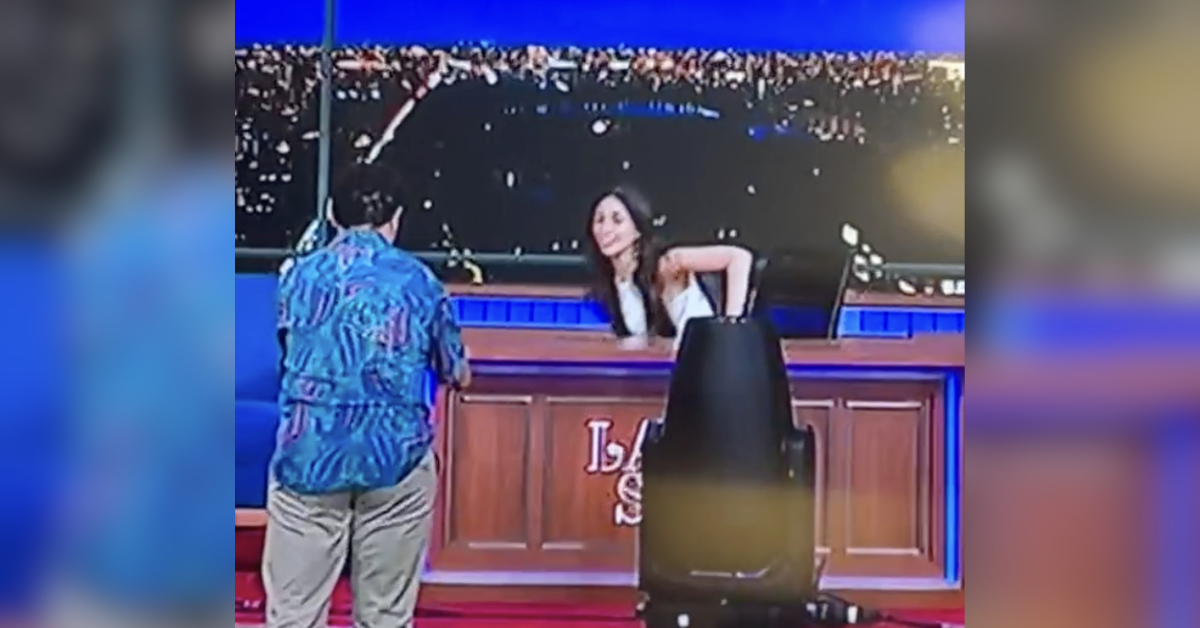 NEWS
NEWSWhere Form Meets Intuition: Youmna M. Chamieh’s Storycraft

Aug. 4 2025, Published 1:09 a.m. ET
Youmna M. Chamieh did not set out to become a writer. As a child, her primary passion was mathematics. “I loved how problems collapsed into order,” she recalls. “I imagined myself becoming a theorist—making elegant proofs in chalk on a blackboard, preferably in the basement of a university where someone would ‘discover’ me next to a half-solved theorem and a mop.” One of her early math teachers used to speak reverently about “elegant solutions”—proofs that revealed not only the logic but the beauty behind a problem. “‘Elegance’ seemed to have something to do with economy, with surprise, and with reach. But it was also a little mysterious,” she says, “such that my teacher’s ‘elegant solution’ stamps left something glowing in the margins.”
That glow now runs through her creative work. Chamieh has earned widespread recognition for her award-winning original contributions across fiction, satire, television, and narrative nonfiction—work that pairs analytical precision with emotional resonance, and has been lauded for its formal rigor and imaginative range. Her prose, essays, and screenwriting projects have garnered critical acclaim in publications like Harper’s Magazine, Harper’s Bazaar, the Financial Times, and British Vogue and on platforms as varied as The Late Show with Stephen Colbert and major international film festivals. Today, she is considered one of the most distinctive and influential storytellers working at the intersection of literature, media, and global culture—a writer whose “elegant solutions” to narrative problems continue to captivate audiences across fields and formats.
Versatility with Vision
Chamieh’s career reads like a proof unfolding across mediums. Whether writing a surreal short story, a televised sketch, or a longform essay on familial memory, her work retains a signature style—structurally daring, emotionally layered, and intellectually exacting. This rare precision across disciplines has earned her major recognition: the E.J. Safra Fellowship for her work at the intersection of ethics and narrative; the inaugural Harvardwood Artist Launch Fellowship for artistic excellence; the Cyrilly Abels Short Story Prize, given for exceptional fiction judged by leading literary figures. Her fiction and essays have been further honored within the Harper’s Bazaar Short Story Prize and British Vogue’s international talent award, honors that drew from global fields of thousands and singled out Chamieh’s work for its excellence. But what sets Chamieh apart isn’t just what she writes—it’s how she builds it, with a craftsman’s instinct for structure and a mathematician’s eye for precision.

Language as a Precision Tool
Chamieh’s storycraft shone at Harvard, where she found herself quickly drawn to the literary underground. She subsequently joined the Harvard Lampoon—America’s oldest humor magazine—and quickly became known for pieces that weren’t just funny, but architecturally sharp. “I wasn’t interested just in punchlines, but also in systems—how the implied ‘what if’ of a joke could in itself contain an entire world,” she recalls. At the Lampoon, she co-wrote humor anthologies alongside figures like iconic New Yorker writer Patricia Marx, Emmy Award–winning late-night host Conan O’Brien, and SNL's Weekend Update anchor Colin Jost, and was recognized early on for a voice that was exacting, layered, and above all meticulously designed.
This meticulousness carried over to her work in television, first as a contributor to The Late Show with Stephen Colbert, where she brought her talents not only to incisive segments but also high-concept parodies—like “Wasted Time: The Rise and Fall of Clock App for iPhone,” a pitch-perfect trailer spoof of tech-founder prestige dramas like WeCrashed and The Dropout, reimagined for the iPhone’s clock app—and later at Stay Gold Features, the production company behind the Oscar-nominated Harriet and the Sundance Grand Jury Prize-winning Nanny. There, she worked in narrative development across several projects, honing scripts for tone, structure, and emotional logic. What drove her distinctiveness was an almost mathematical instinct for how a scene should unfold, paired with a deeply intuitive, attuned eye for human behavior—from micro-tensions in dialogue to macro-conflict in the arc of a screenplay.
A Double Inheritance
Asked about her comedic timing, Chamieh credits, at least in part, a cultural legacy: “The instinct to undercut things with humor is part of the Lebanese DNA,” she explains. But she was also deeply shaped by the French tradition of character-based irony, with galleries of types and taxonomies of human behavior serving as a key throughline in her imaginary. She cites for instance the line of grumpy-sublime figures from La Bruyère’s satirical portraits, or the character-driven panel logic of the gag in bandes dessinées or, in a more modern register, Jean-Pierre Bacri’s weary, sharp-witted everymen.
The richness of this singular cultural inheritance reverberates in Chamieh’s writing: the scripts she pens sparkle with the crisp geometries of dialogue, the prose with sudden reframing words at the end of otherwise benign sentences. where she learned to shape such tonal pivots, Chamieh points to the novel—in particular, its unique relationship to the passage of time. “Sentences like Naipaul’s ‘In all, Mr Biswas lived for six years at The Chase, years so squashed by their own boredom and futility that they could be comprehended in one glance,’ or Proust’s ‘To think that I wasted years of my life, that I wanted to die, that I had my greatest love, for a woman who didn’t appeal to me, who wasn’t my type!’,” she reflects, a kind of delighted precision lighting her face as she recites the lines word for word, “are just the sorts of blows that the novel enables you to deal.”
Want OK! each day? Sign up here!

On the Page and Ahead of It
Looking ahead, a number of exciting projects are in the works for Chamieh, from a new collaboration with beloved humor outlet Points In Case, where her satire regularly tops annual “Best Of” lists, to a hybrid essay and photography collection with Guggenheim-winning Lebanese photographer Rania Matar, drawing from her widely read Financial Times essay, to a script development project with My Box Productions, the company behind the French cult series bref. When asked whether her writing process tends to run smoothly, Chamieh laughs and says: “Oh, no. You always struggle through the work.” And when asked what typically permits her to get through her most complex narrative puzzles, she smiles, in disarmingly writerly fashion, at that phrase ‘get through.’
“When I’m lucky, ‘get through’ is exactly the phrase I am allowed to use. Like in those old video games—Pac-Man and Asteroids and the rest of the arcade classics. You are always headed for the edge of the world, and by all logic, you should vanish. But then sometimes you cross over and reappear on the other side. You could congratulate yourself, maybe even call it a win—but really, the thing to thank is the maze. There’s no feeling quite like landing, by chance or instinct, in the one configuration that lets a system resolve.”



